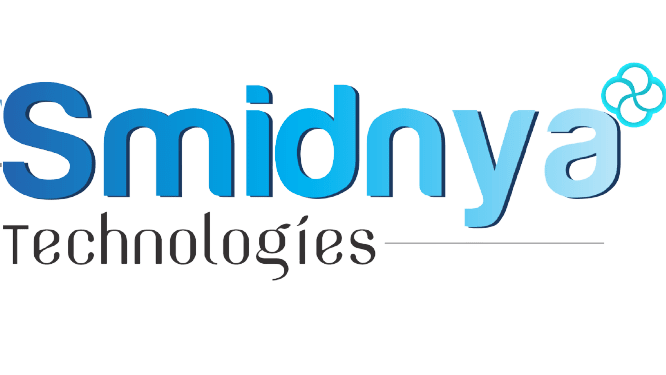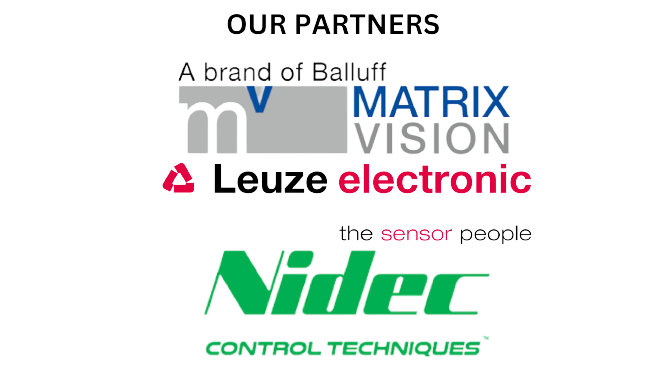What are the main components of an industrial vision system?
An industrial vision system typically consists of several components that work together to capture, process, and analyze visual data. The main components of an industrial vision system are:
Camera: The camera is the primary component that captures the images or video footage of the object or scene being inspected. It can be either a 2D or 3D camera, depending on the application.
Lighting: The lighting system illuminates the object or scene being inspected, and it is essential for achieving optimal image quality. The lighting system can be either internal or external, and it can be configured to provide specific illumination angles or wavelengths.
Image processing hardware: This hardware includes a computer or embedded system that receives the images from the camera and processes them using algorithms to extract relevant information. The processing hardware can also include graphics cards or other specialized hardware to accelerate image processing.
Image processing software: The software is used to implement image processing algorithms, such as edge detection, thresholding, feature extraction, and pattern recognition. The software can be either proprietary or open source, and it can be customized to meet specific application requirements.
Communication interface: The communication interface allows the industrial vision system to interact with other components in the manufacturing process, such as robots, programmable logic controllers (PLCs), or human-machine interfaces (HMIs). The interface can be either wired or wireless, and it can use standard protocols such as Ethernet or RS-232.
Overall, the combination of these components allows an industrial vision system to capture high-quality images or video footage, process them using advanced algorithms, and provide real-time insights to improve the manufacturing process.

